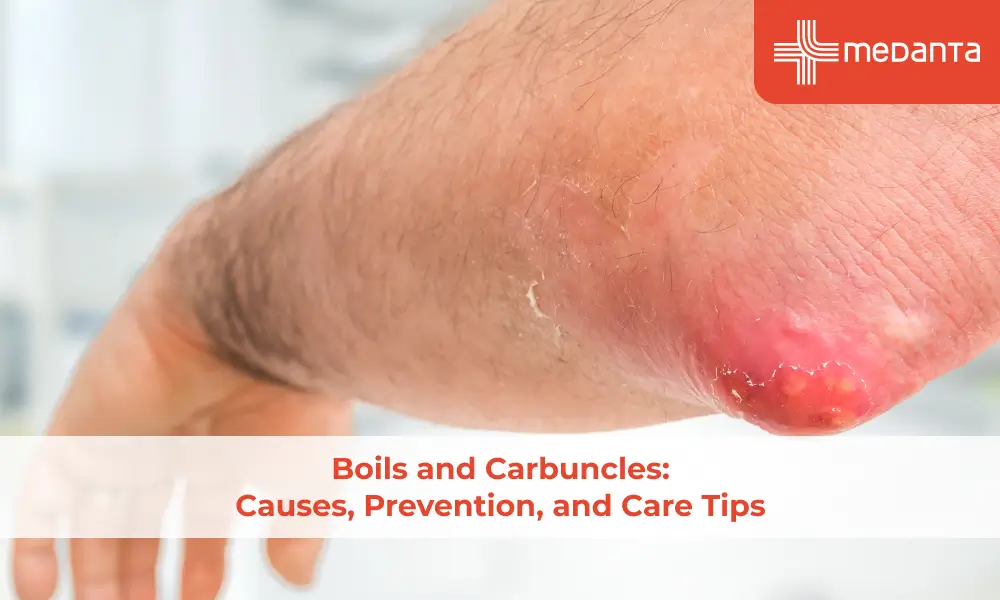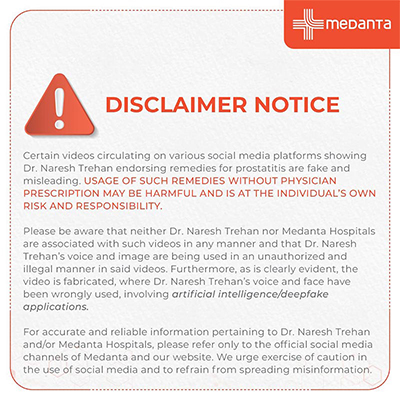Pelvic Pain During Pregnancy: Causes and Relief Strategies

TABLE OF CONTENTS
Pelvic pain during pregnancy affects up to 1 in 5 expectant parents, making it one of the most common discomforts experienced during this transformative time. This pain can range from mild discomfort to severe aches, significantly impacting daily activities and overall quality of life. Most individuals first notice these symptoms between 14 and 30 weeks, though they can begin as early as the first trimester.
This guide explores the common causes of pregnancy-related pelvic pain and provides practical relief strategies to help manage discomfort. Furthermore, it offers guidance on when these symptoms might warrant medical attention, ensuring both parent and baby remain healthy throughout the journey.
Pelvic pain stems from several physiological changes that occur as the body adapts to pregnancy. The pelvis houses two main joint systems that commonly become painful: the sacroiliac joints at the back and the symphysis pubis joint at the front. This discomfort develops primarily when these joints move unevenly, making the pelvic girdle less stable.
Hormonal fluctuations play a significant role in this process. During pregnancy, levels of relaxin, oestrogen, and progesterone increase dramatically. These hormones work to relax spinal and pelvic ligaments to prepare for childbirth. Consequently, this relaxation can trigger joint instability and potentially induce pain.
As pregnancy progresses, biomechanical changes become increasingly important. The growing foetus shifts your centre of gravity, altering posture and placing additional strain on pelvic structures. This often leads to changes in walking patterns and can decrease the mechanical force closure of the sacro-iliac joints.
Notably, two distinct types of pelvic discomfort occur during pregnancy:
Pelvic Girdle Pain (PGP): Affects the front and/or back of the pelvis, potentially radiating to the hips or thighs. It commonly impacts walking, climbing stairs, and turning over in bed.
Round Ligament Pain: Sharp sensations in the abdomen, hips or groin caused by the stretching of ligaments supporting the uterus, typically triggered by sudden movements.
Risk factors that increase your likelihood of developing pelvic pain include:
Previous back or pelvic injuries
History of lower back pain
Previous pregnancy-related pelvic pain
Physical demands at work
Being overweight or having a high BMI
Early menarche (first period at age 13 or younger)
Hypermobility syndrome
Research indicates that sedentary pregnant women have 30% higher chances of experiencing intense pain compared to physically active women.
Managing pelvic pain effectively requires a multifaceted approach that combines movement modifications, supportive equipment, and targeted exercises. Early diagnosis and treatment can significantly reduce discomfort and prevent long-term issues.
For immediate relief at home, try these daily management strategies:
Keep active but avoid activities that worsen pain
Rest frequently, changing positions every 30 minutes
Wear flat, supportive shoes
Maintain equal weight on both legs when standing
Sit down when getting dressed or undressed
Use a pillow between your legs for support while sleeping
Take stairs one step at a time
Keep knees together when getting in and out of cars
Supportive equipment can make a substantial difference in your comfort level. A properly fitted pelvic support belt helps stabilise your pelvic joints and improves symptoms. These maternity belts provide extra support to your abdomen, reducing the risk of aches in your lower back, legs, and abdomen. In some cases, your physiotherapist might recommend crutches for mobility assistance.
Moreover, specific exercises can strengthen key muscle groups. Gentle activities like pelvic tilts, kegel exercises, and pelvic circles on a birthing ball can increase flexibility around your hips and pelvis. Swimming (avoiding breaststroke) and stationary cycling are excellent low-impact options.
Heat or ice packs applied to painful areas often provide relief. Alternatively, warm baths can help ease tension in sore muscles.
For persistent discomfort, your doctor might recommend paracetamol, which remains safe during pregnancy when taken as directed. Additionally, complementary therapies such as physiotherapy, acupuncture, and TENS machines have shown promising results for many women.
Finally, lifestyle adjustments matter. Avoid lifting heavy objects like shopping bags, vacuum cleaners, or wet laundry. Request grocery delivery or ask others to help with household chores that trigger pain. If working, discuss options with your employer about minimising sitting for extended periods or lifting heavy weights.
Recognising when pelvic pain requires professional medical attention is crucial for maintaining both maternal and foetal health. Although mild discomfort is common throughout pregnancy, certain symptoms alongside pelvic pain warrant immediate medical assessment.
Contact your doctor right away if you experience pelvic pain accompanied by:
Fever or chills
Vaginal bleeding or fluid leakage
Fainting, lightheadedness, or rapid heart rate
Severe or sudden pain
The baby is moving less than usual
Blood in bowel movements
Nausea or vomiting
Repeated diarrhoea
In addition, seek prompt medical advice if pelvic pain interferes with your mobility. Specifically, contact your doctor if you find it difficult to:
Move around generally
Get out of the car
Turn over in bed
Go up or down stairs
These mobility issues often indicate pregnancy-related pelvic girdle pain that needs proper assessment and management.
Remember that pelvic pain during pregnancy should never be dismissed as merely an inevitable part of carrying a child. Early diagnosis can significantly reduce discomfort and prevent long-term complications. Pelvic girdle pain will not affect your baby, yet that doesn't mean you should endure unnecessary suffering.
Pelvic pain affects many pregnant women and certainly deserves proper attention and care.
Although pelvic pain might feel overwhelming at times, many effective relief strategies exist. Simple adjustments to daily movements, supportive equipment like pelvic belts, and gentle exercises can make a significant difference in your comfort level. Meanwhile, understanding when these symptoms warrant medical attention helps ensure both your safety and your baby's wellbeing.
Remember that pelvic pain during pregnancy doesn't have to be endured without help. Most women find their symptoms improve with proper management, and many experience complete relief after delivery. Your healthcare team wants to support you through this journey. Therefore, speak up about your discomfort during prenatal appointments rather than assuming the pain is just part of pregnancy.
Is pelvic pain during pregnancy harmful to my baby?
Pelvic pain has no negative effects on your baby's health or development. Although this discomfort can be quite severe for you as a parent, it poses no risk to your growing child. However, getting proper treatment early is important as it helps control symptoms and improves your quality of life throughout pregnancy.
Can I have a normal vaginal birth with pelvic girdle pain?
Most women with pelvic pain during pregnancy can have a normal vaginal birth. Your birthing team should be informed about your condition so they can help support your legs, assist with position changes, and help you move around during labour. Many find that using a birthing pool helps take weight off painful joints and allows for easier movement.
What happens to pelvic pain after giving birth?
For most women, pelvic pain improves after delivery. However, approximately 1 in 10 women will experience ongoing pain. Surveys indicate that many women still have some degree of pelvic pain beyond 12 weeks after delivery. If symptoms persist, continuing treatment and taking regular pain relief is advisable.
Will pelvic pain return in future pregnancies?
If you've had pelvic girdle pain in one pregnancy, you are more likely to experience it again in subsequent pregnancies. Making sure you are as fit and healthy as possible before conceiving again may help reduce symptoms or even prevent recurrence. Strengthening abdominal and pelvic floor muscles between pregnancies makes it less likely that you'll develop PGP again.






